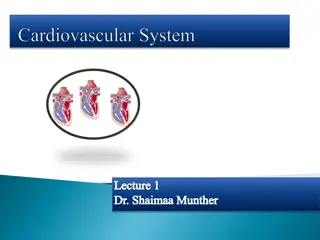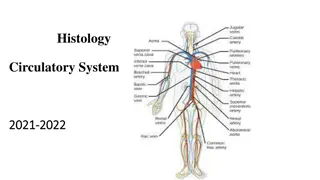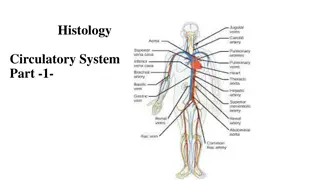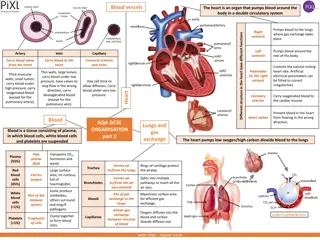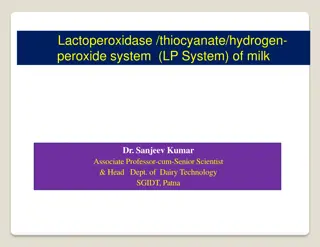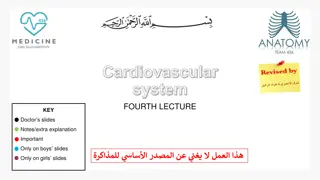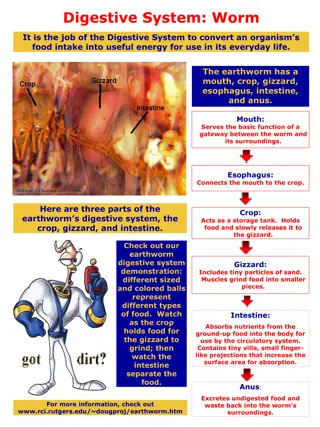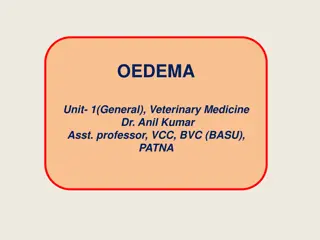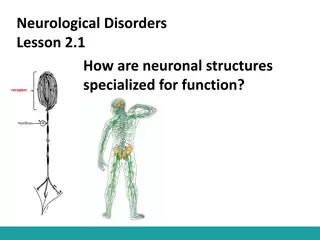Understanding the Lymphatic System: Functions and Components
The lymphatic system is a vital network of organs, nodes, ducts, and vessels that maintains fluid balance, aids in immunity, and removes waste from tissues. It works in conjunction with the circulatory system to deliver essential nutrients and oxygen to cells. Key components include the thoracic duct, iliac nodes, subclavian vein, and submandibular lymph nodes.
Download Presentation

Please find below an Image/Link to download the presentation.
The content on the website is provided AS IS for your information and personal use only. It may not be sold, licensed, or shared on other websites without obtaining consent from the author. Download presentation by click this link. If you encounter any issues during the download, it is possible that the publisher has removed the file from their server.
E N D
Presentation Transcript
Lymphatic System Mareline Mercado
What is the lyphatic system ? A complex network of lymphoid organs, nodes, ducts, tissues, eapillaries and vessels that produce and transport lymph fluid from tissues to the circulatory system
Two most important functions Maintenance of fluid balance in the internal environment. Immunity
FUNCTIONS OF THE LYMPHATIC SYSTEM aids the immune system in destroying pathogens and filtering waste so that the lymph can be safely returned to the circulatory system. To remove excess fluid, waste, debris, dead blood cells, pathogens, cancer cells, and toxins from these cells and the tissue spaces between them. also works with the circulatory system to deliver nutrients, oxygen, and hormones from the blood to the cells that make up the tissues of the body
THORACIC DUCT : the main trunk of the system of lymphatic vessels that lies along the front of the spinal column, extends from a dilatation behind the aorta and opposite the second lumbar vertebra up through the thorax where it turns to the left and opens into the left subclavian vein, and receives chyle from the intestine and lymph from the abdomen, the lower limbs, and the entire left side of the body called also left lymphatic duct
ILIAC NODE : any of the lymph nodes grouped around the iliac arteries and the iliac veins
subclavian vein is a major vein which drains blood from the upper extremities and returns it to the heart.
submandibular lymph nodes are located along the underside of the jaw on either side. It is responsible for lymphatic drainage of the tongue, submaxillary (salivary) gland, lips, mouth, and conjunctiva (mucous membrane that covers the eyeball and under surface of the eyelid).
right lymphatic duct a short vessel that receives lymph from the right side of the head, neck, and thorax, the right arm, right lung, right side of the heart, and convex surface of the liver and that discharges it into the right subclavian vein at its junction with the right internal jugular vein
deep cervical lymph nodes are a group of cervical lymph nodes found near the internal jugular vein
Internal jugular vein The deeper of the two jugular veins in the neck that drain blood from the head, brain, face and neck and convey it toward the heart.
Axillary lymph nodes are simply lymph nodes located in the armpits.









